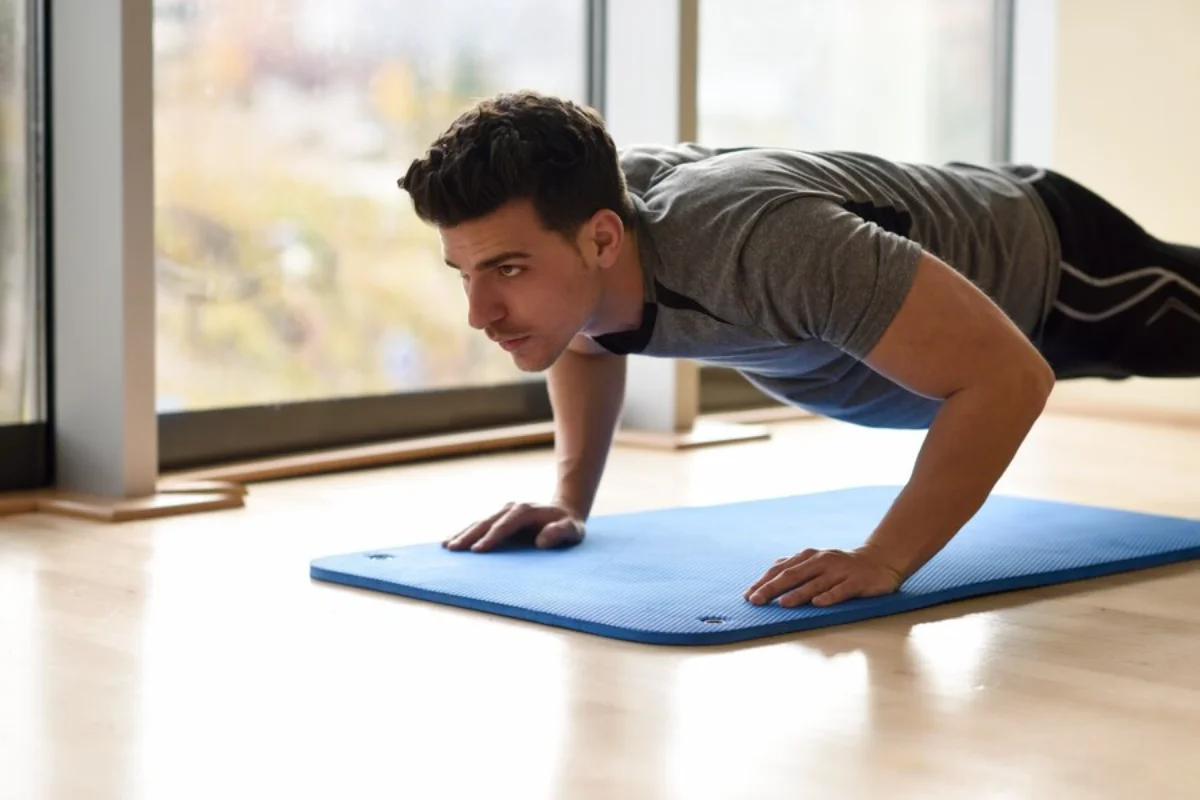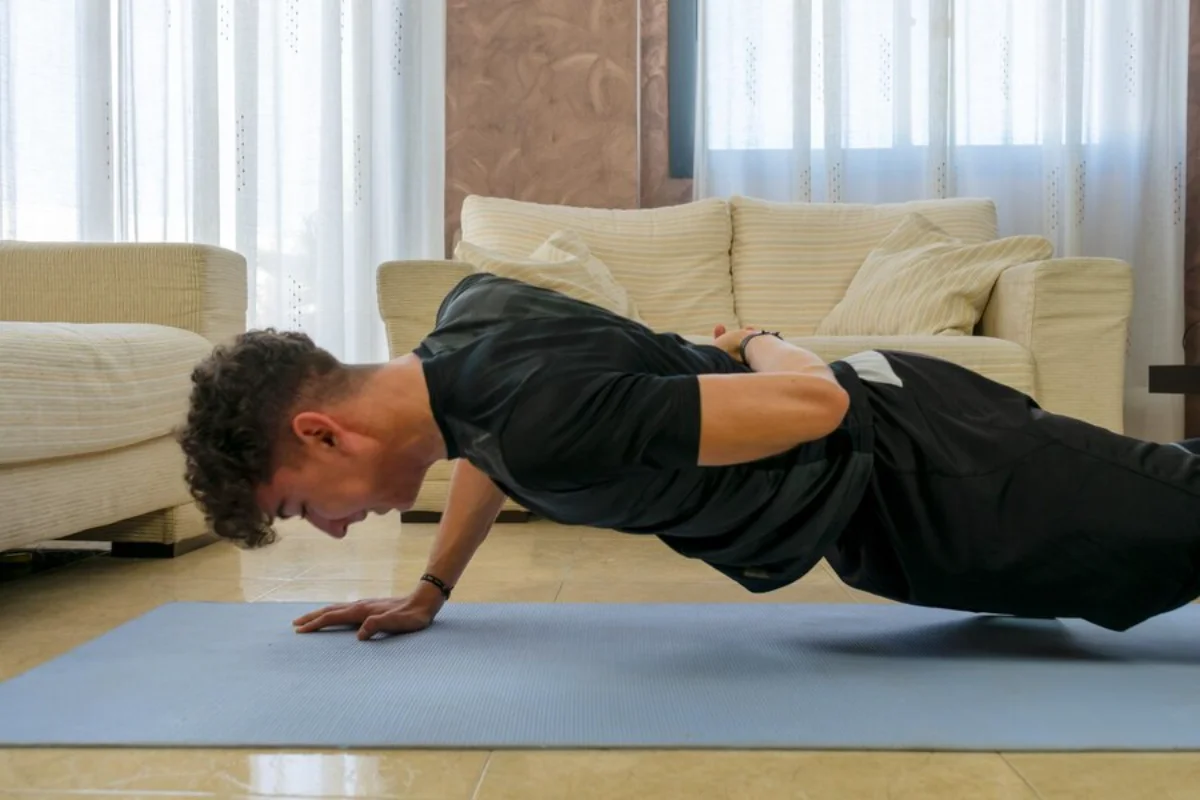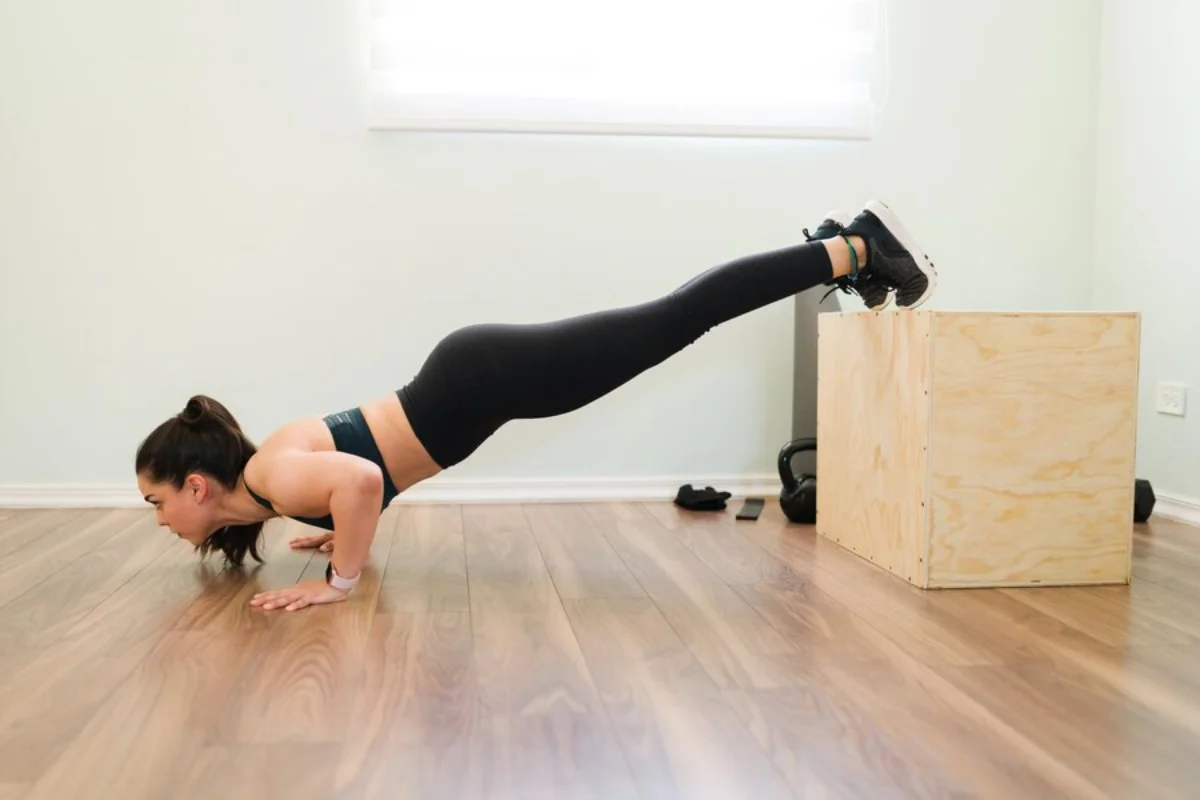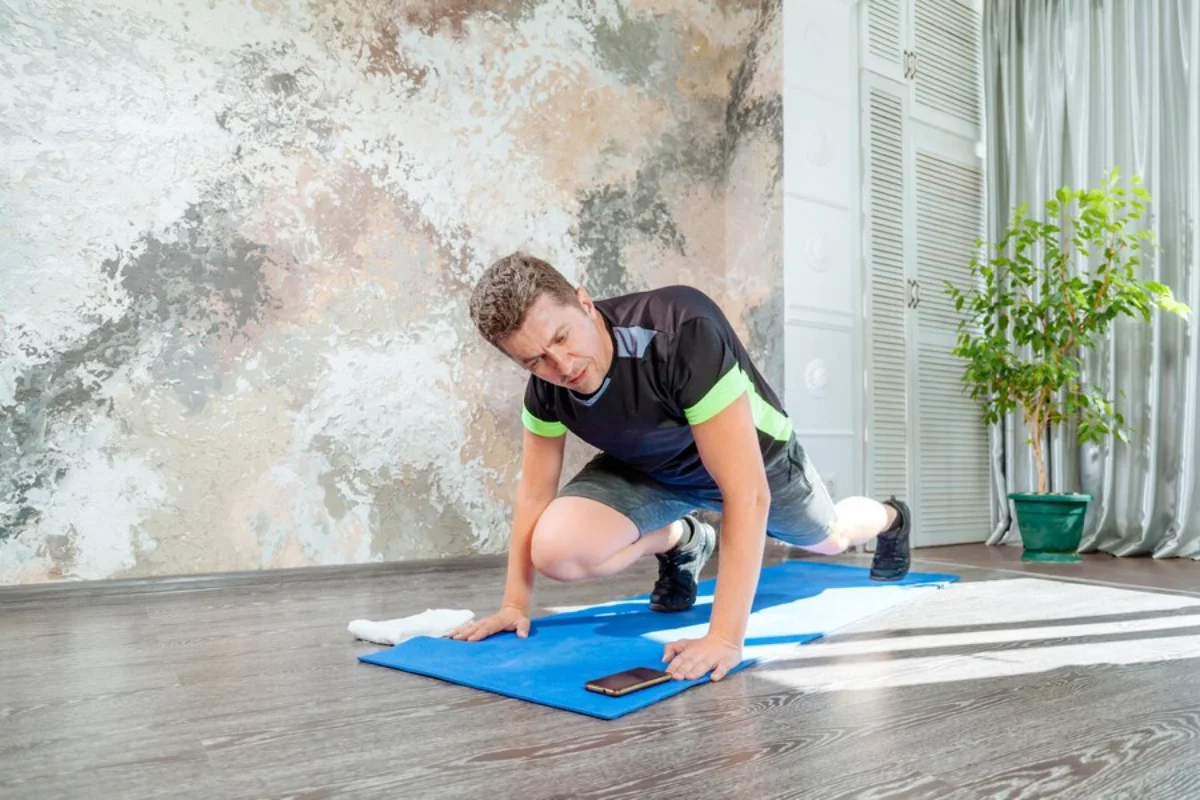
Bodyweight Workouts You Can Do Anywhere
In a world where time is often a luxury and space is limited, the allure of bodyweight workouts has never been more potent. These workouts, which require no equipment, offer the flexibility to exercise anywhere, whether at home, in a park, or travelling. The beauty of bodyweight exercises lies in their simplicity and effectiveness, making them an essential component of callisthenics and functional fitness routines. This blog will explore the world of bodyweight workouts, their benefits, a step-by-step guide to some effective routines, and expert tips to maximise your results.

Key Benefits of Bodyweight Workouts
Versatility and Convenience
One of the most significant advantages of bodyweight workouts is their versatility. You can perform these exercises without needing any equipment, whether in your living room, at a hotel, or in the great outdoors. This convenience allows for consistency in your fitness routine, regardless of your location or schedule.
Cost-Effective Fitness
Bodyweight workouts provide a cost-effective way to stay fit without the need for gym memberships or expensive equipment. Their accessibility makes them ideal for those on a budget or anyone looking to reduce their fitness expenses without compromising on quality.
Functional Fitness and Injury Prevention
Bodyweight exercises are a cornerstone of functional fitness, focusing on movements that mimic everyday activities. This approach improves your overall strength and coordination and helps in injury prevention by enhancing your balance, stability, and flexibility.
Progressive Challenge
Despite the absence of weights, bodyweight workouts can be highly challenging. By varying the intensity and repetitions or incorporating advanced movements, you can continuously challenge your muscles and achieve progressive overload, a key principle for muscle growth and strength development.
Improved Body Awareness
Performing exercises that require no equipment enhances your body awareness and control. This heightened sense of proprioception can improve your performance in other physical activities and sports, making you more agile and responsive.

Step-by-Step Guide to Bodyweight Workouts
Upper Body Workouts
Push-Ups
Push-ups are a classic bodyweight exercise that targets the chest, shoulders, and triceps. Begin in a plank position with your hands shoulder-width apart. Lower your body until your chest nearly touches the ground, then push back up to the starting position. Aim for 3 sets of 10-15 repetitions.
Tricep Dips
Find a sturdy chair or bench. Sit on the edge with your hands next to your hips. Slide off the edge, supporting your weight with your arms, and lower your body until your elbows are at a 90-degree angle. Push back up to the starting position. Perform three sets of 10-12 repetitions.
Core Workouts
Plank
The plank is excellent for core stability. Lie face down and lift your body on your forearms and toes, keeping your body in a straight line. Hold this position for 30-60 seconds, focusing on engaging your core muscles. Repeat for 3 sets.
Bicycle Crunches
Lie on your back with your hands behind your head. Bring your knees up to a 90-degree angle. Simultaneously bring your right elbow towards your left knee while straightening your right leg, then switch sides. Aim for 3 sets of 15-20 repetitions on each side.
Lower Body Workouts
Squats
Stand with your feet shoulder-width apart. Lower your body as if sitting back in a chair, keeping your chest and your knees behind your toes. Return to standing. Perform three sets of 15-20 repetitions.
Lunges
Step forward with one leg and lower your hips until both knees are bent at about a 90-degree angle. Push back to the starting position and switch legs. Complete three sets of 10-12 repetitions per leg.
Full-Body Workouts
Burpees
Begin standing, drop into a squat, kick your feet back into a plank, perform a push-up, return to squat, and jump up. This exercise combines strength and cardio, offering a full-body workout. Aim for three sets of 8-10 repetitions.
Mountain Climbers
Start in a plank position. Quickly bring one knee towards your chest and switch legs in a running motion. Maintain a brisk pace for 30 seconds. Repeat for three sets.

Additional Expert Tips & Common Mistakes to Avoid
Focus on Form
Proper form is crucial to prevent injuries and maximise effectiveness. Pay attention to your body’s alignment and engage the correct muscles during each exercise. Consider recording yourself or working with a trainer to ensure your form is accurate.
Gradual Progression
Avoid the temptation to rush into advanced exercises. Start with basic movements and gradually increase the intensity or complexity as your strength and confidence grow. This approach minimises the risk of injury and ensures sustainable progress.
Consistent Routine
Consistency is key to achieving fitness goals. Aim to incorporate bodyweight workouts into your routine at least 3-4 times weekly. Consistent practice will yield better results than sporadic, intense sessions.
Listen to Your Body
Pay attention to how your body responds to workouts. Rest when needed and avoid pushing through pain. Understanding your limits and allowing for recovery is vital for long-term success.
Advanced Insights & Expert Recommendations
Integrate Plyometrics
Plyometric exercises, such as jump squats or box jumps, add an explosive element to your routine. These movements improve power and speed, enhancing your overall athletic performance.
Utilise Isometric Holds
Incorporate isometric holds, like wall sits or static lunges, to increase muscle endurance and strength. These exercises require you to hold a position for an extended period, challenging your muscles differently.
Explore Calisthenics
Callisthenics takes bodyweight training to the next level with advanced movements like handstands, muscle-ups, and planches. These exercises require significant strength and control and offer a rewarding challenge for experienced practitioners.
Mastering Bodyweight Fitness Anywhere
Bodyweight workouts offer a versatile, cost-effective, and efficient way to stay fit, regardless of location. You can create a comprehensive fitness routine that supports your goals by understanding the benefits, mastering the basics, and incorporating advanced techniques. Remember, the key to success lies in consistency, proper form, and listening to your body. So, lace up your trainers, find a space, and start your journey to functional fitness and beyond. What will your next workout look like?


